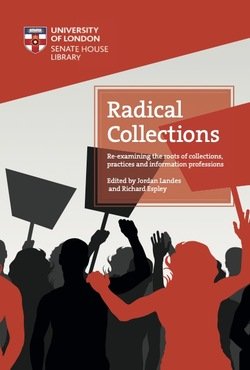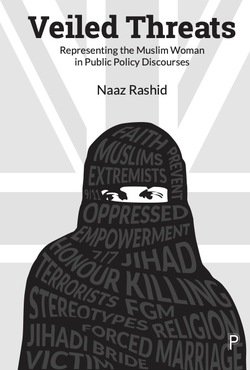By Elizabeth P. Shulman, Jordan Beardslee, Adam Fine, Paul J. Frick, Laurence Steinberg & Elizabeth Cauffman
Objective: To examine whether at-risk male youth experience increases in anxiety, depressive symptoms, and aggression during years when they are exposed to gun violence, adjusting for relevant covariates. Method: Participants were 1,216 male, justice-involved adolescents who were recently arrested for the first time for a moderate offense. They were interviewed 9 times over 5 years. Fixed effects (withinindividual) regression models were used to estimate concurrent associations between exposure to gun violence and three outcomes: depressive symptoms, anxiety symptoms, and aggression (both overall and separately for proactive and reactive aggression). The reverse direction (anxiety, depressive symptoms, and aggression predicting gun violence exposure) was also modeled. Results: After controlling for covariates, exposure to gun violence was significantly associated with increases in reactive aggression and, to a lesser extent, increases in proactive aggression. In addition, gun violence exposure was associated with increased anxiety but not depressive symptoms. We found no support for the reverse direction. Conclusions: At-risk males experienced significant increases in anxiety and aggression (particularly reactive aggression) during years when they are exposed to gun violence, even after accounting for several potential confounding factors. The greater impact on reactive aggression suggests that exposure to gun violence may affect self-regulation and/or social information processing. The analyses shed light on the less-visible damage wrought by gun violence and underscore the importance of mental health screening and treatment for youth who have been exposed to violence – especially gun violence – both to assist individual youths and to disrupt cycles of violence.
Journal of Clinical Child & Adolescent Psychology, 50:3, 353-366, 2021.,





















